You can feel a pulse in the city the moment you step outside. The rhythm transforms the sidewalks into something else, and every passerby is, in that moment, an unwitting muse. While exploring the streets of Chicago, I recently found myself simultaneously taking in the vibrant, autumn season and the potent essence of street style, which finds its zenith in the urban landscape.
In my mind and in my heart, I’ve always carried the belief that street style is fashion’s purest and most democratic form. You don’t need a ticket to fantasize at the “realness” of the Halsey runway. All you need is your city, your clothes, and your good, unfiltered vibes.
As I walked down Michigan Avenue, I was pulled into a scene that felt both spontaneous and artfully arranged. There was a young man in a vintage Levi’s jacket and sneakers that, while modern, evoked the ’90s era of male hip-hop style. He looked cool and comfortable, and definitely not trying too hard.
I remembered a conversation I’d had with a friend and fashion editor in Chicago. She once told me that street style is the ultimate democracy of fashion. Anyone can do it, and it doesn’t take any extraordinary means or wealth to achieve.
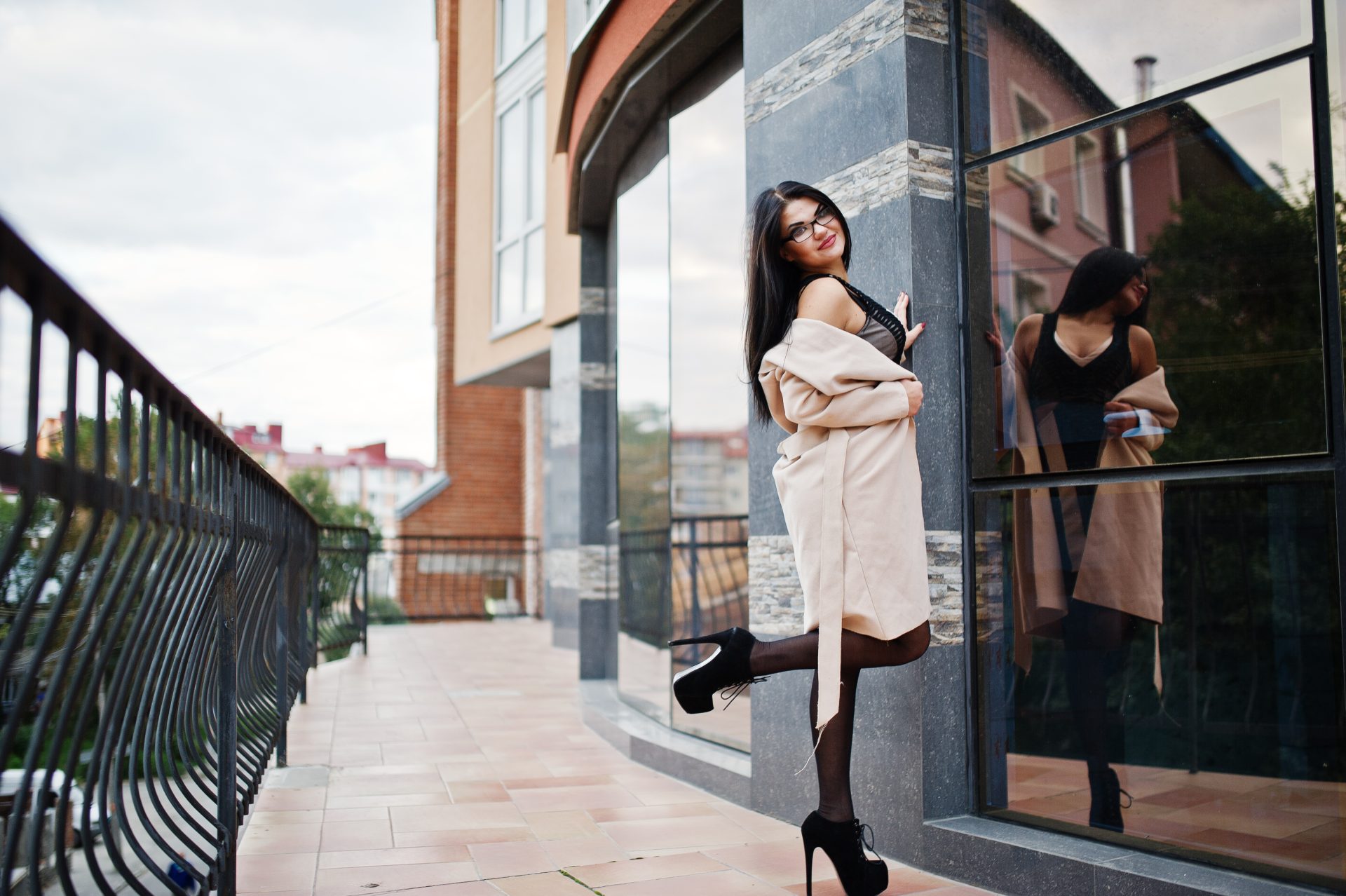
Street style is, at its essence, a creative practice that happens in the everyday lives of people. In the context of both these scenarios—and many more like them—what you really see is not just a “vitality” of character, says Ward, but also the hair and the outfit and the poses comes together as a kind of “unmistakable energy,” or “x-factor.” And while the same could perhaps be said for any number of lookbook photos that appear in the supplement magazines of glossies, this cover image stretches those same faulty premises to their seemingly logical extreme. That day, while I awaited the L train, I luxuriated in watching an exceptional blend of commuters, each seeming to burst with individuality.
There was a distinguished elder who deserved to be called something more than just “an older gentleman.” He wore a well-loved leather motorcycle jacket, which would have been perfect for hearing anything from The Who to Bruce Springsteen. My mother had a well-worn college-dorm T-shirt that looked just like the white tee this guy had on, albeit with probably much more leftover staging of a summer camp tie-dye largely washed out. I like to think that this fellow’s jacket, paired with a T-shirt design that probably looked great with some slight smuggling of gay pride, is the kind of outfit that moves toward my mom’s notion of a rock heaven.
What impressed me most about these moments was the way in which street style captures the spirit of its environment. In cities like Chicago and New York, where history, culture, and creativity collide on every corner, fashion becomes a form of conversation that is human and alive. I remember attending a pop-up event in the Loop where local designers displayed collections that were dizzyingly diverse yet deeply connected to the city and its layers.
One of the presentations I saw was by a designer known for transforming found objects into fantastic wearable art. Her installation wasn’t so much a presentation as it was an experience—an immersive “happening” bound to elicit a range of responses from those fortunate enough to enter and explore. And was I ever fortunate!
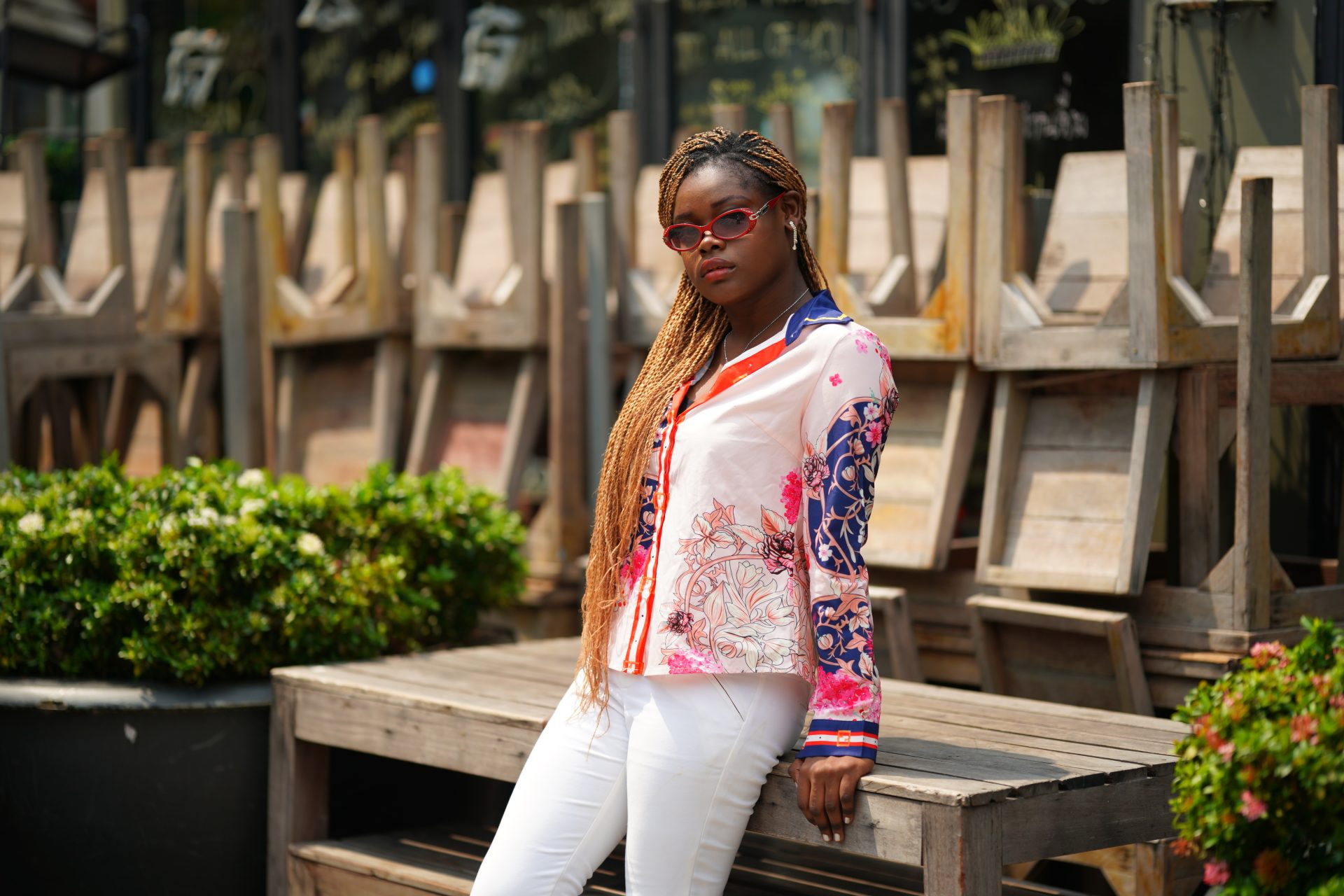
Street style’s influence is far-reaching; it can even be seen on high-profile red-carpet events. I had a chance recently to observe, potentially for the last time, the energetic atmosphere that is New York Fashion Week. I experienced it from a whole new perspective—beyond the runways and into the streets.
While many of the shows themselves were a celebration of meticulous craftsmanship and spellbinding, avant-garde aesthetics, this season’s impromptu style moments on the sidewalks were far more impressive and exciting. I watched, along with many others, as models, celebrities, and influencers mingled with everyday New Yorkers, all while obviously high on the urban chic vibe. Among many notable moments that played out on the streets, one captured my imagination more than any other—Rihanna.
Another unforgettable encounter unfolded at a pop-up gallery within Brooklyn that, for the evening, was dedicated to urban art and style. The event was not short on energy; if anything, it might have been a bit over the top. Local artists, musicians, and designers had gathered to give a collective expression of creativity.
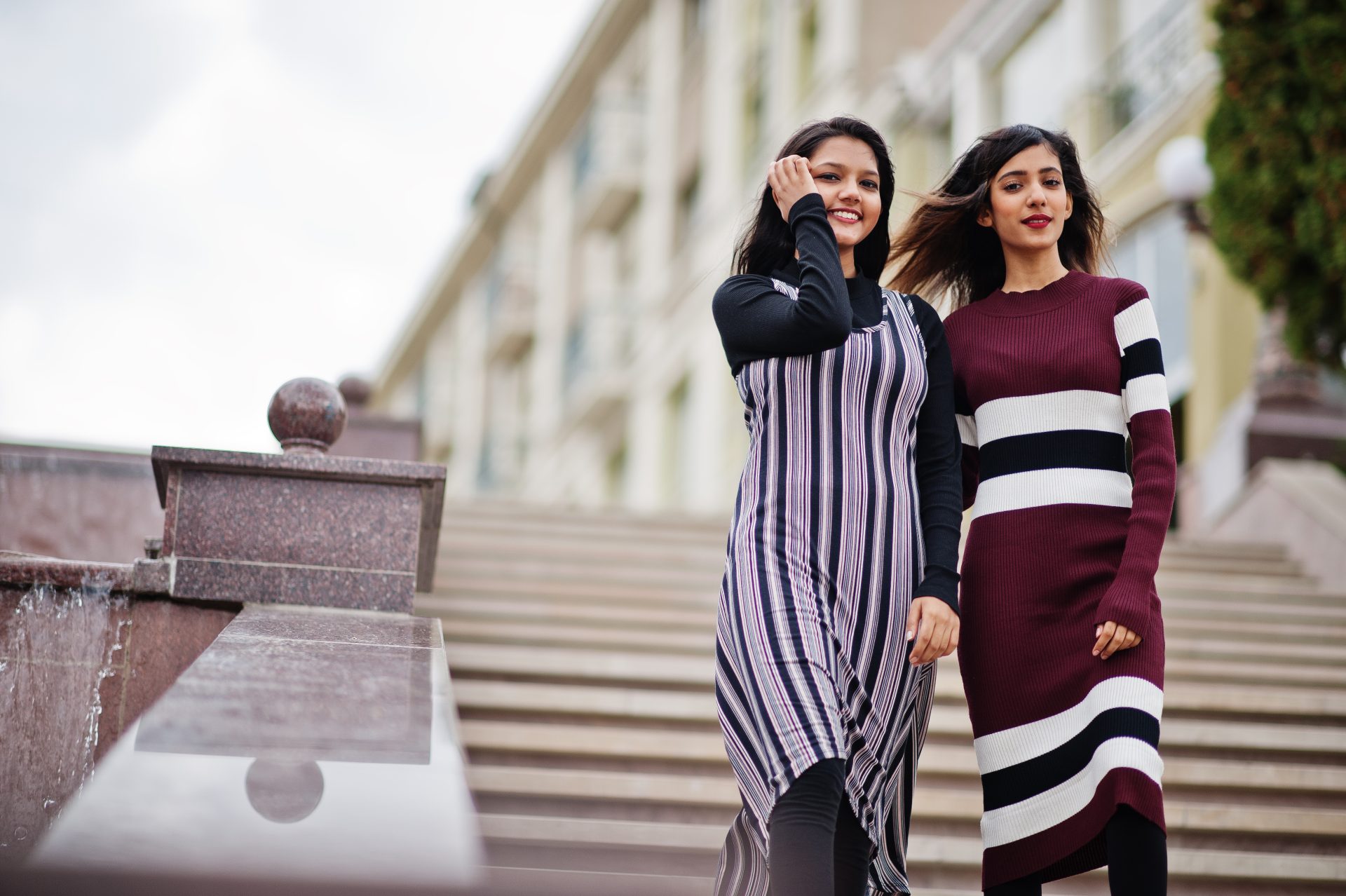
The work of a particularly dynamic street artist was on display, and his murals, with the ink barely dry, were the newest addition to the gallery. As an art form that is “raw, honest, and real,” the work being done by this artist reflects the dynamic spirit of New York and serves as a great segue into what street style is all about. Of course, the conversations that evening ranged from the latest trends in streetwear to debates on the influence of digital culture on how we perceive style.
My takeaway? Every detail matters in this realm, from the fabric of a well-worn hoodie to the carefully chosen accessory that elevates an outfit. While reflecting on these experiences, I realize that street style is a powerful reflection of the times we live in.
It is not merely about the clothes we don but the powerful stories we tell through them. It is an ongoing dialogue between the past and the present, where vintage silhouettes meet contemporary tailoring. It is a melting pot, our word should not be misconstrued, between different influences and cultures.
Brands have huge parts to play between figuring out what streetwear is. Designers like Virgil Abloh have redefined not just what streetwear is, but what we can also perceive as casual style because of the huge intersections it has with high fashion. Each moment on the streets serves as a reminder that fashion is inclusive, democratic, and inherently personal.
The outfits seen on the urban sidewalk have the potential to inspire in a way that curated looks at a fashion week afterparty do not. Street style celebrates individuality. It is the ultimate moment of self-expression and, as such, encourages—in fact, mandates—that we rethink the traditional narratives of fashion.
Yes, we go to fashion week to see and be seen, but in a way, those moments are the almost perfunctory punctuation marks that signal the end of outfits that otherwise have the potential to live and breathe on the street. The hidden layers of our collective identity can be found on the streets. They are the place where fashion is not just consumed but lived, where every outfit is a statement of the individual’s identity.
Street style vibrantly affirms the idea that true fashion is as diverse and multifaceted as the city itself. In a place where a felled tree on a sidewalk sonically shifts the visual fashion landscape, the athletic look for busy lives encroaching on fitness, and the interest in tailoring that has made a well-cut pair of pants the equivalent of an art object, the real nature of street style is this: It is a style of being that encourages an any kind of outfit that doesn’t retreat from the visual conversation.

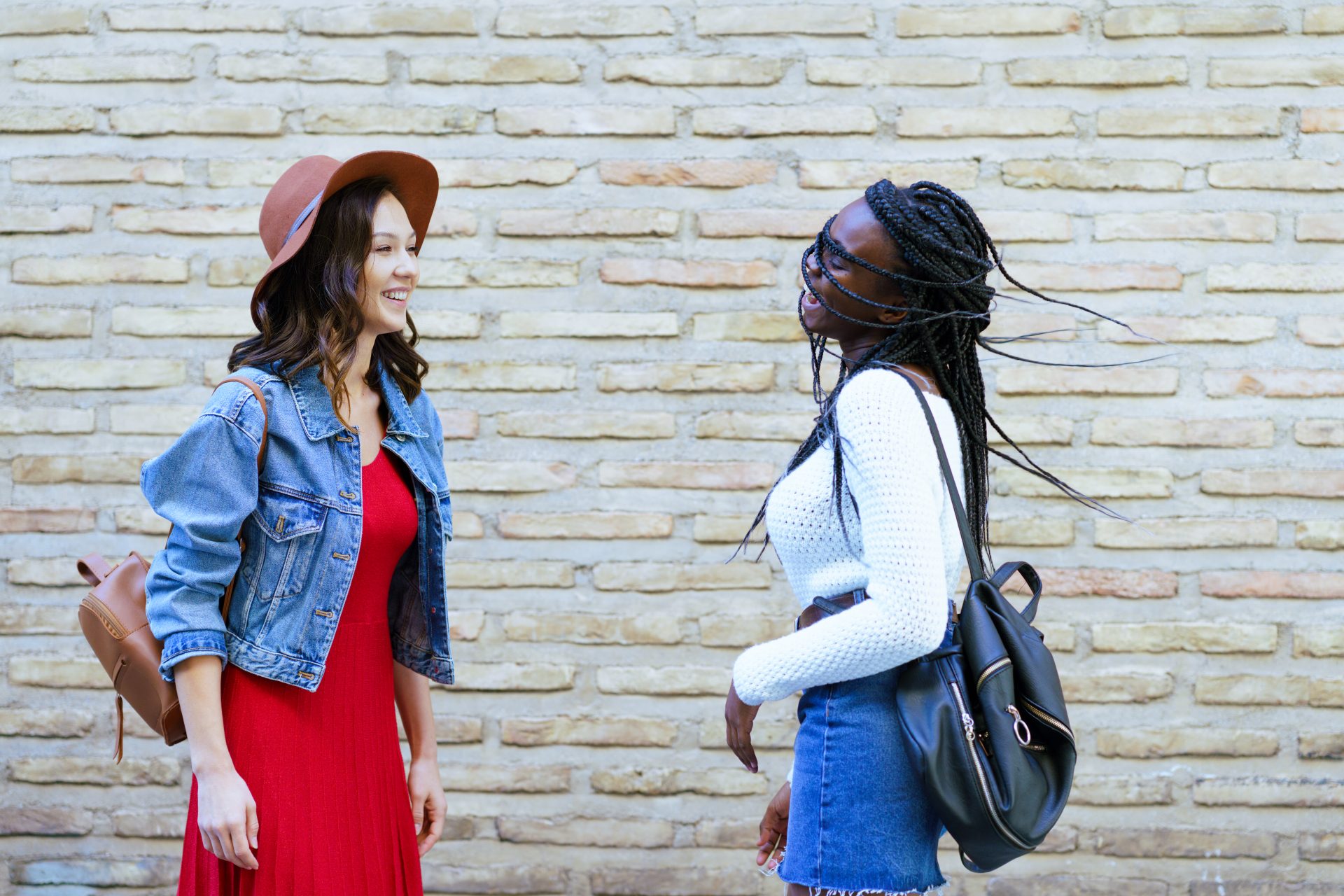
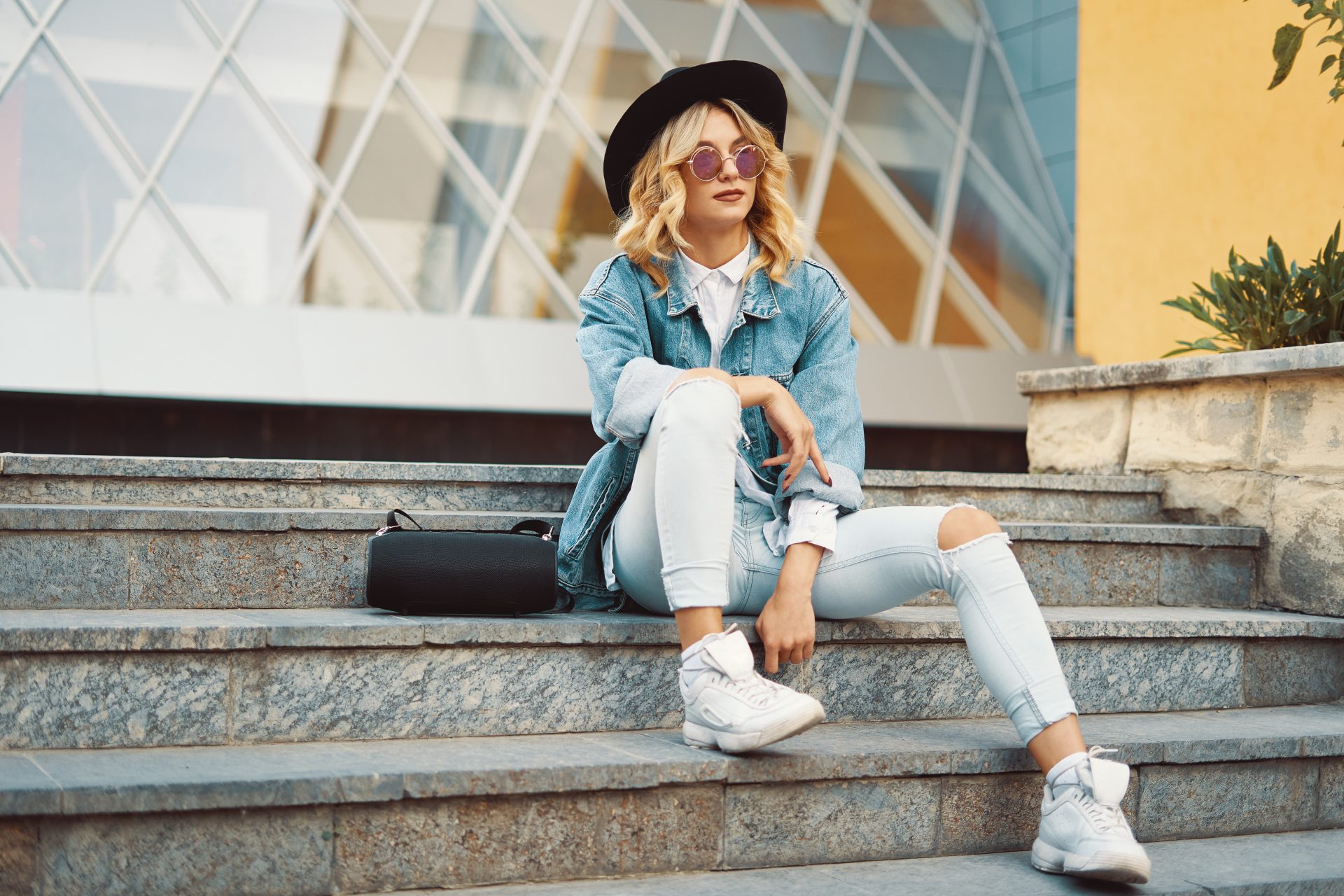
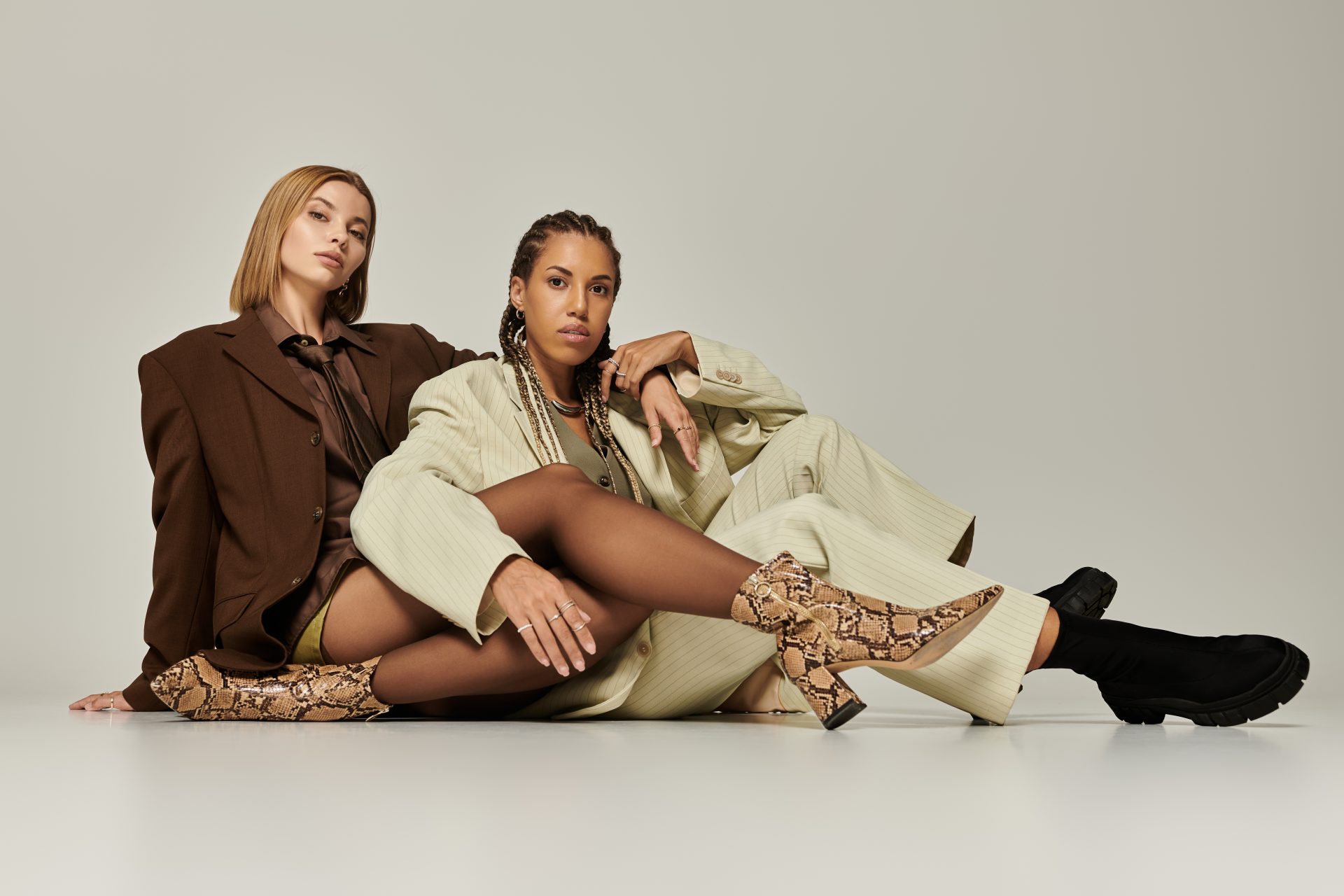
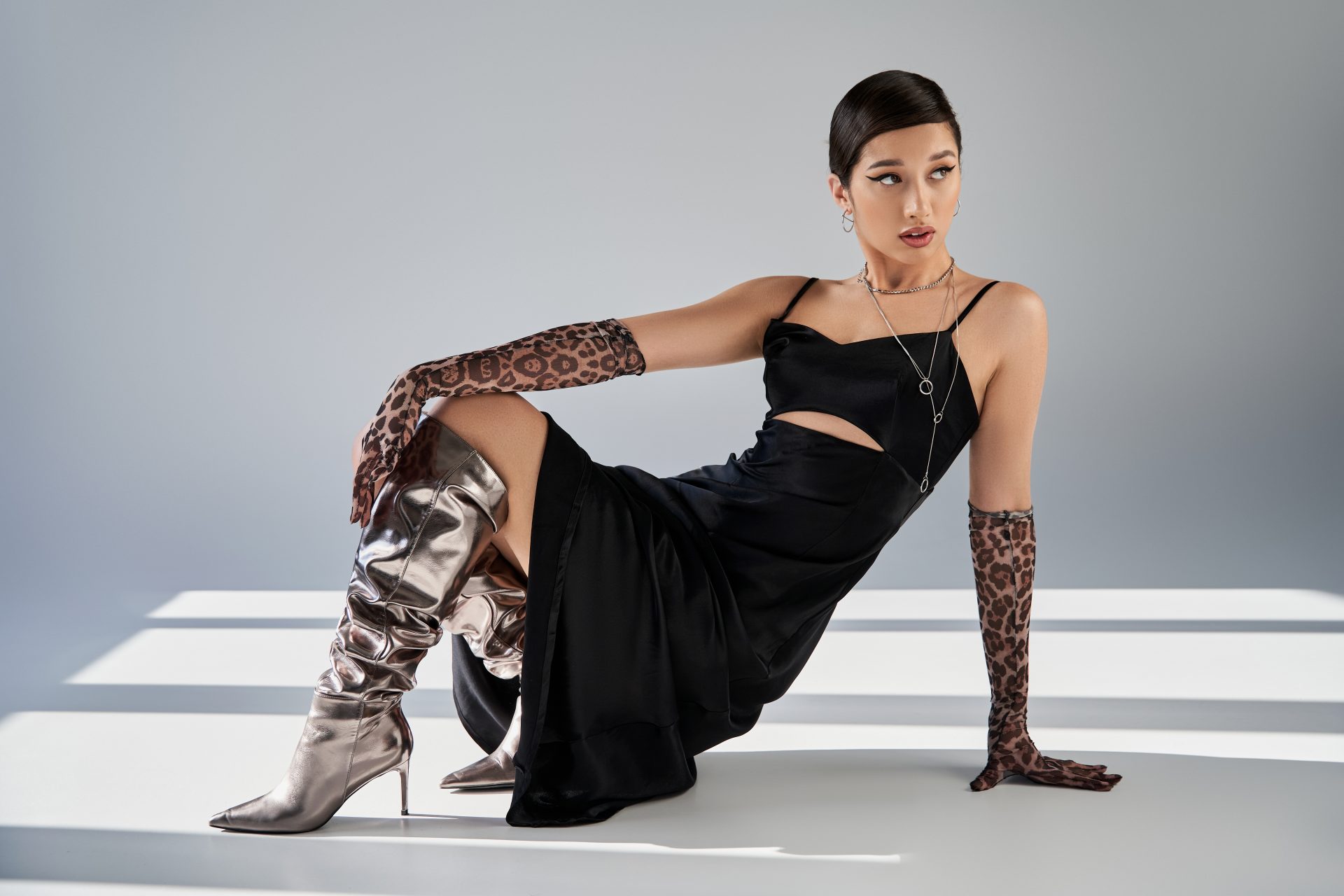

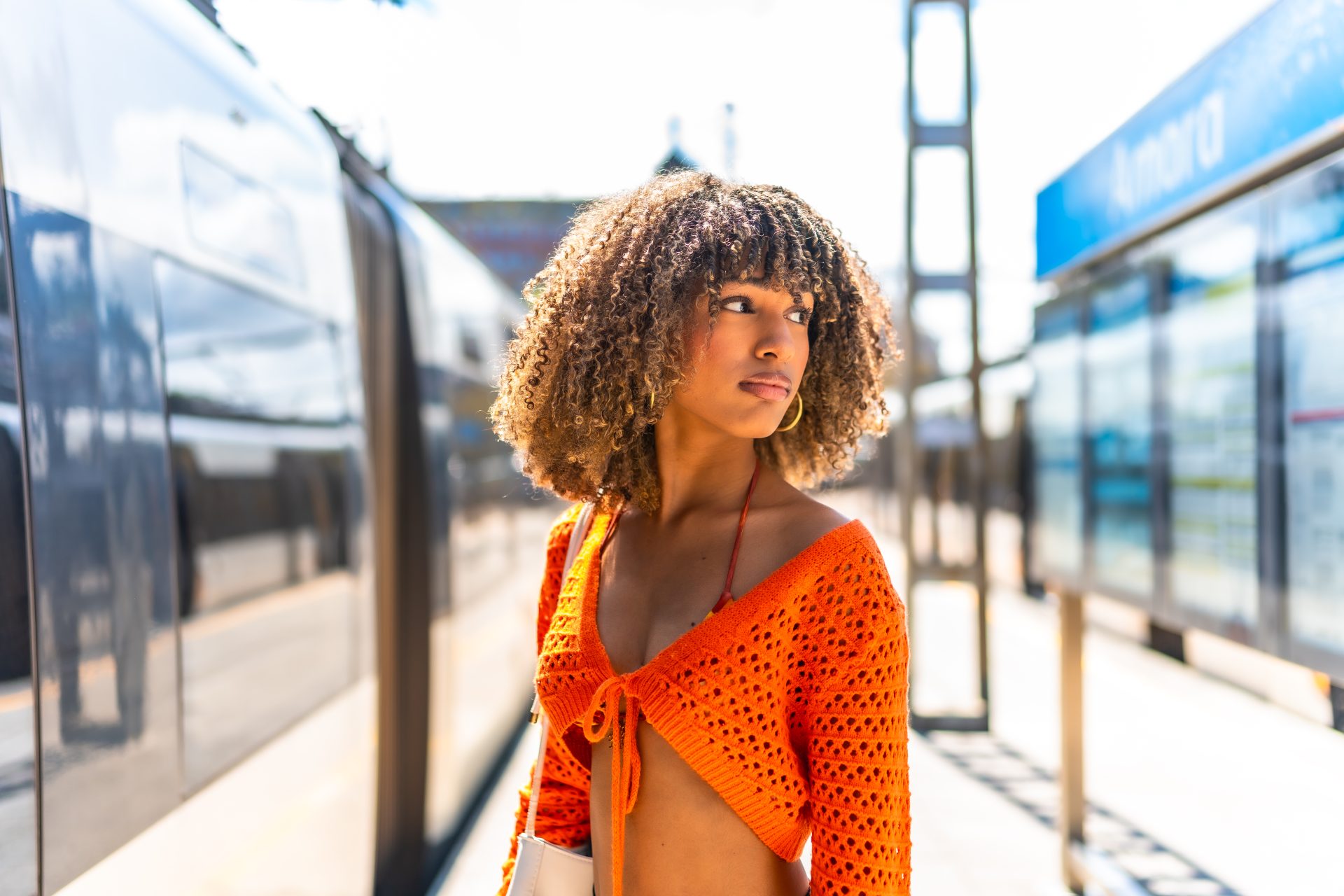
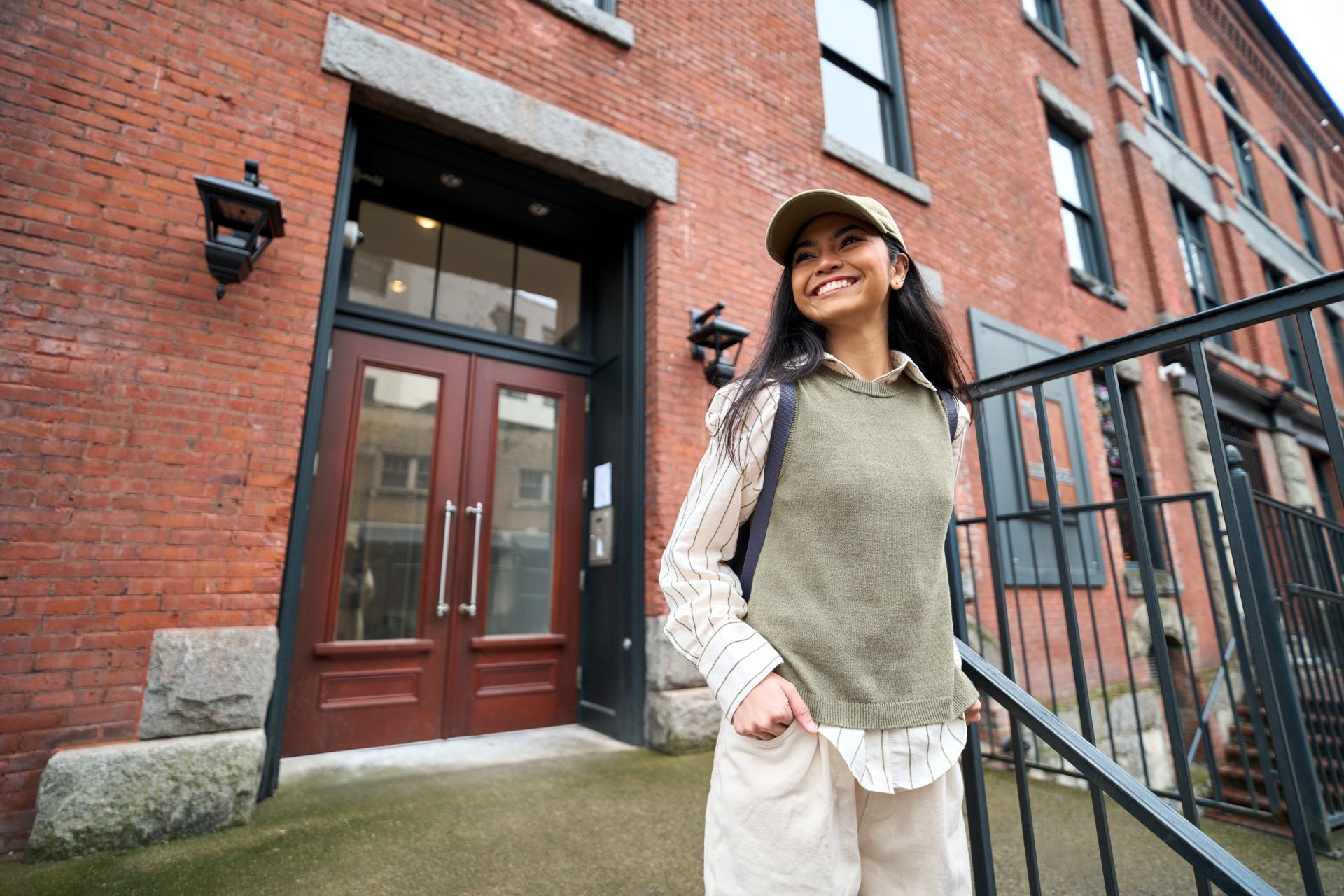
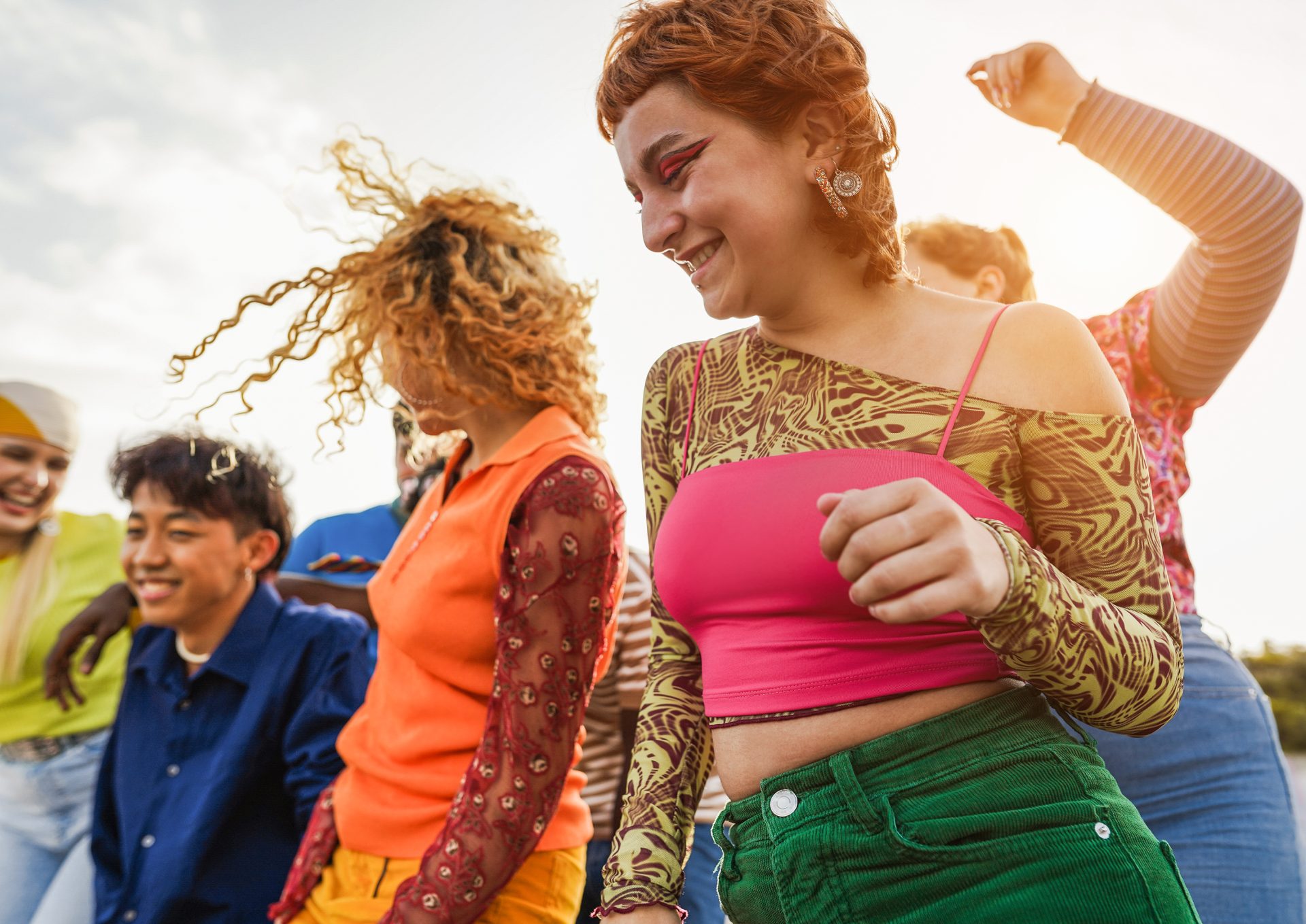
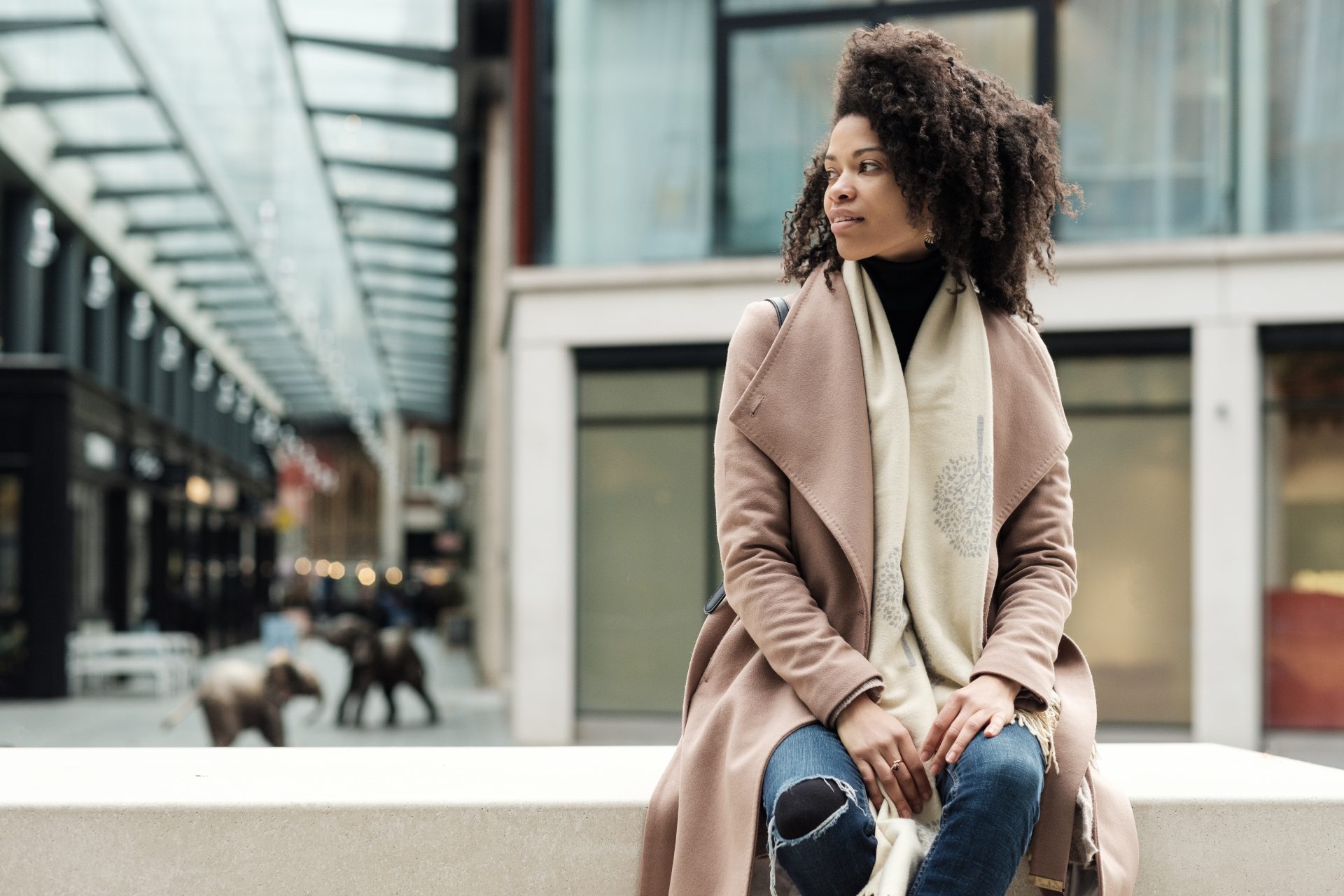

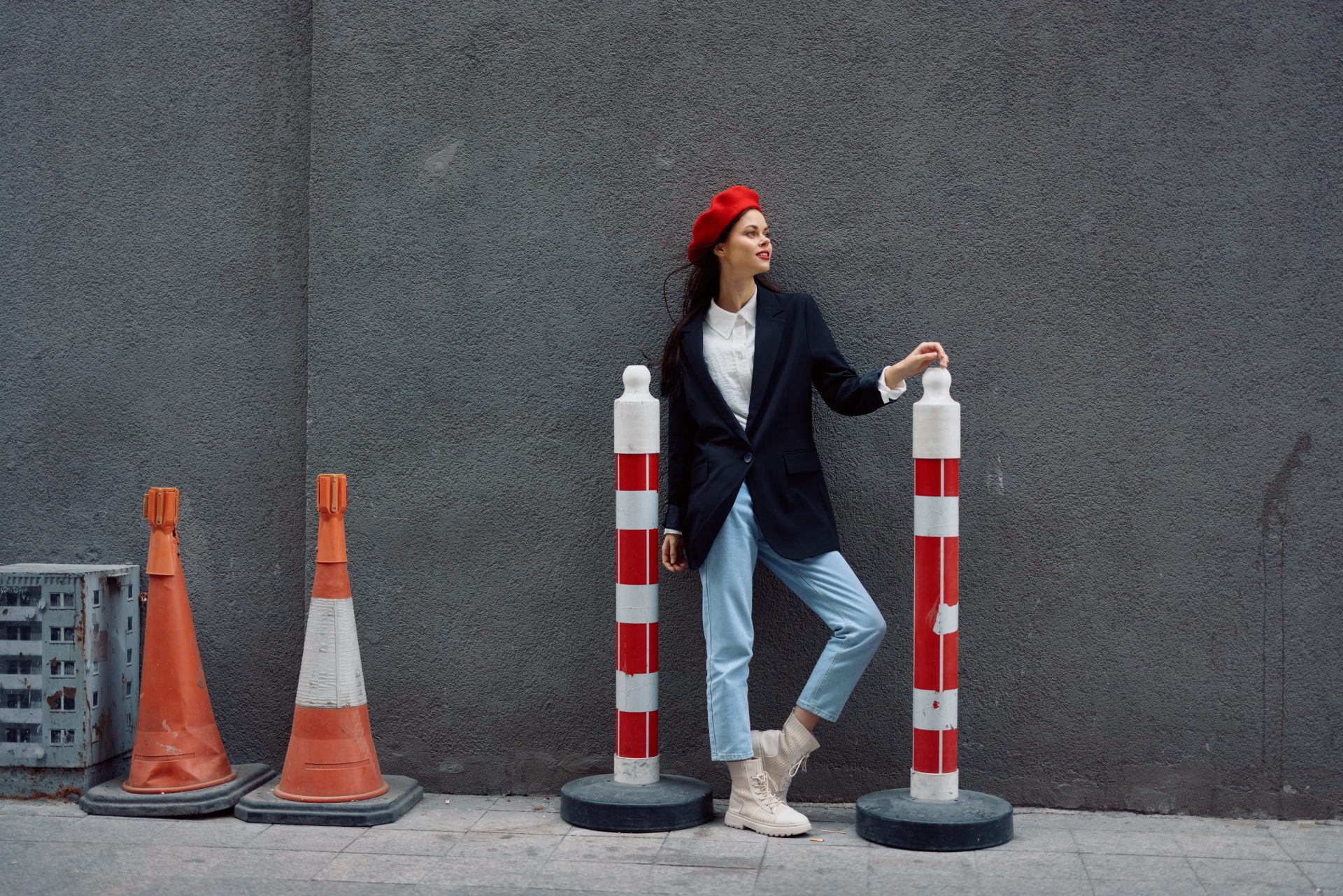
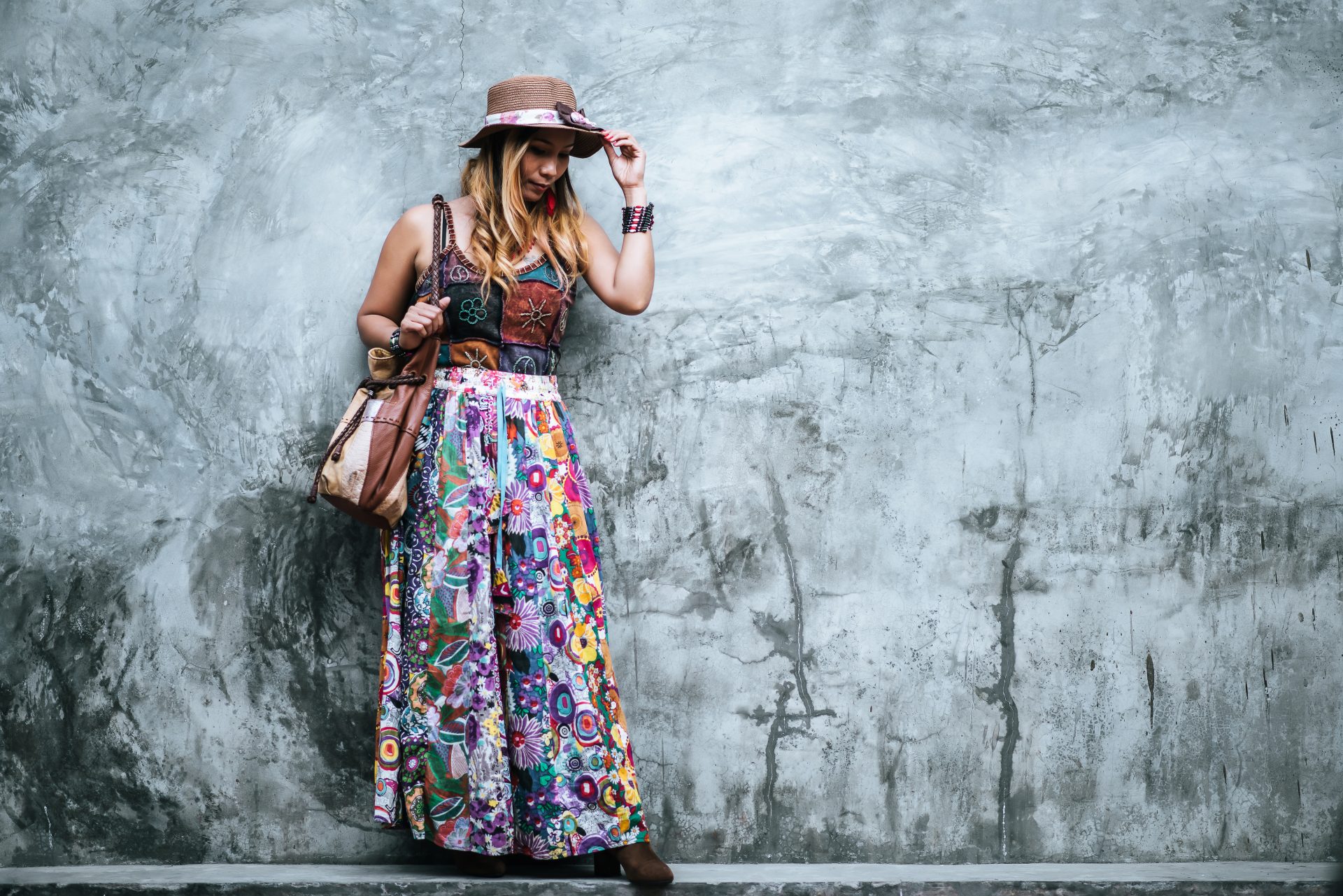


0 Comments